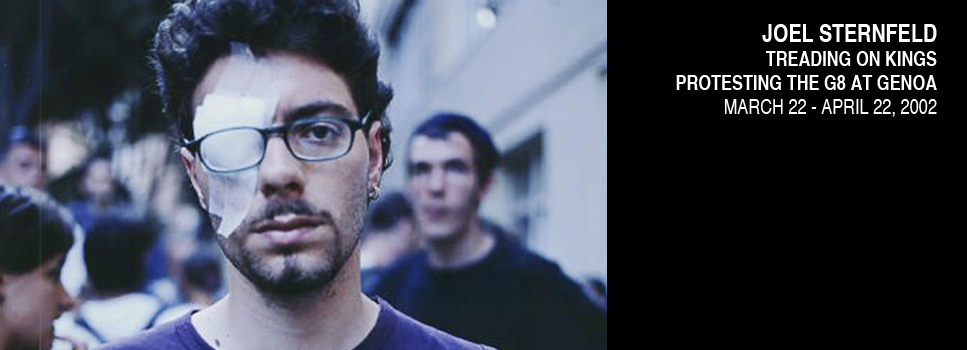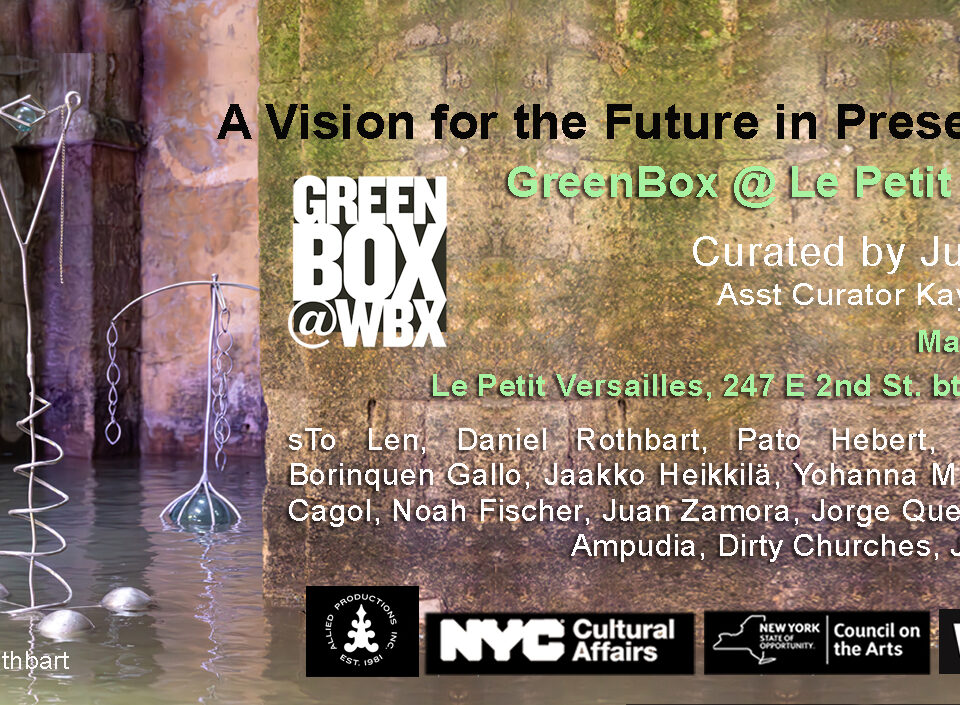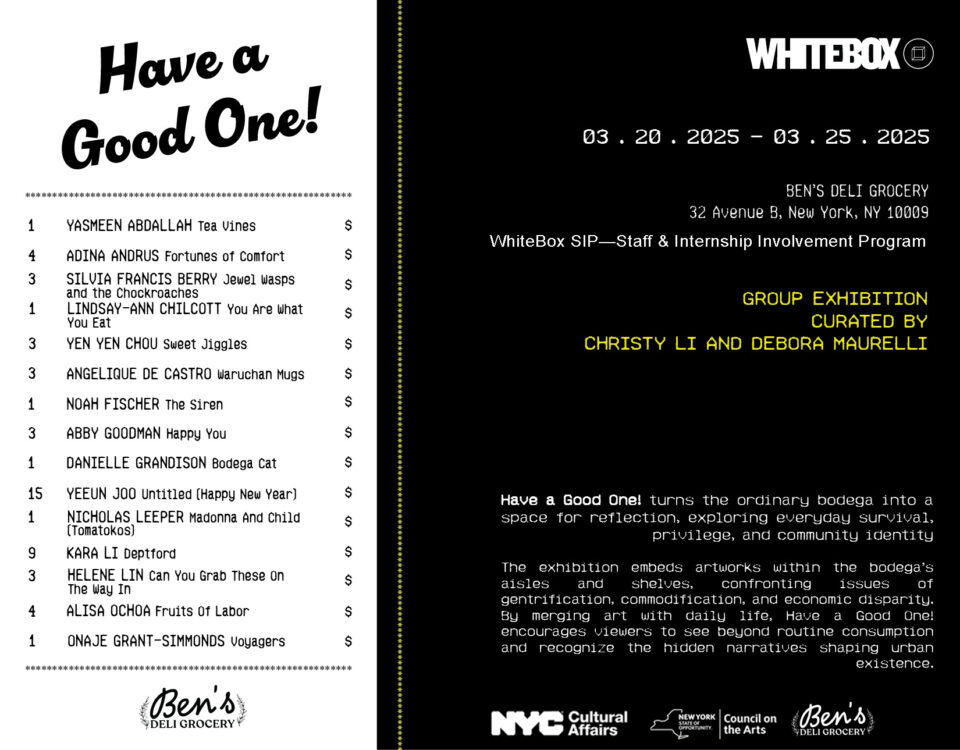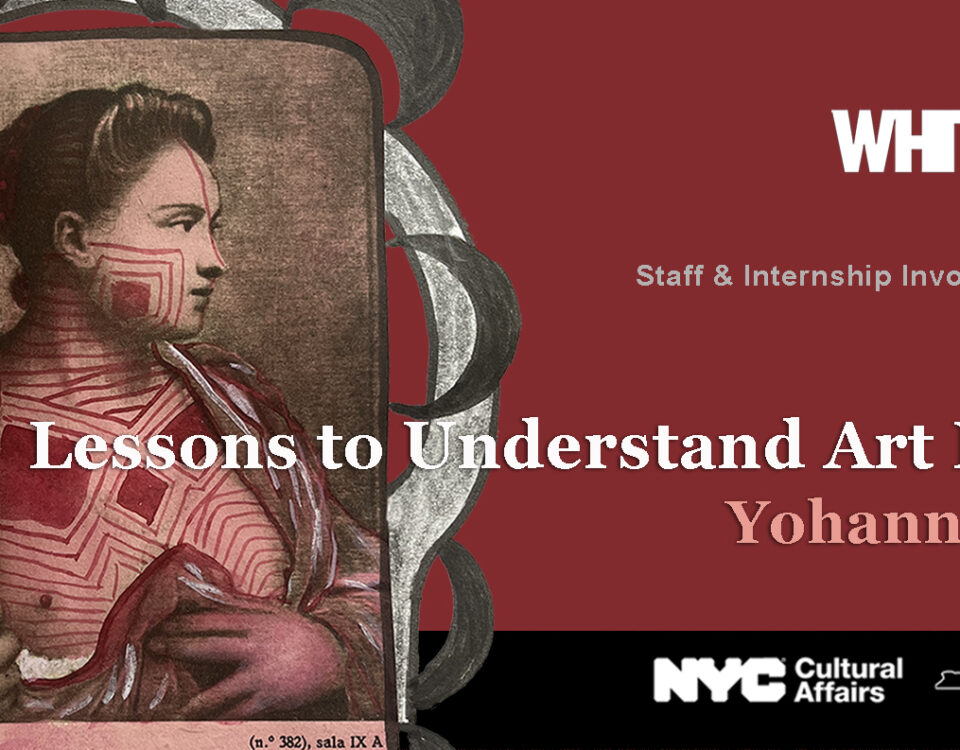OXYGEN
February 8, 2002THE RUN
May 25, 2002JOEL STERNFELD TREADING ON KINGS PROTESTING THE G8 AT GENOA MARCH 22 – APRIL 22, 2002
Four thousand journalists and photographers gathered in Genoa during the third week of July 2001. They were there to cover the 26th meeting of the official discussion club of the leaders of the industrialized nations of the world — currently referred to as the G8. For the duration of the “summit,” few of those journalists ever ventured beyond the air-conditioned comfort of the Magazzini Cotone, an immense cotton warehouse that had been temporarily converted into the world’s largest media and broadcast studio, set on a wharf extending into Genoa’s legendary harbor. There they dined on pasta generously provided by the Barilla company at “Pasta Point,” as they were simultaneously fed official briefings and press releases by the various delegations to the summit. Those journalists and photojournalists who did venture forth into the “red zone” and the “yellow zone” — those sections of Genoa depopulated of residents and transformed into caged war zones by an occupying army of carabinieri and regular polizia — seemed to be defining events with a sports mentality. Would the protesters break into the “red zone?” That would be a victory; otherwise, there was no story. And for photojournalists the holy grail was surely the decisive moment when the “black bloc” anarchists would start to throw Molotov cocktails, or even better, were properly beaten in the battle that migilltm5 9 these images seemed representative of the real concerns of the hundreds of thousands of peaceful, thoughtful demonstrators who came to Genoa with good intention and the utmost difficulty (since everything that made normal travel possible was officially shut down).
Joel Sternfeld himself came to Genoa as an artist/photographer with an interest in the notion of and need for sustainability, or optimum use of the earth’s resources. That this summit should be taking place in Genoa, city of Columbus’s origins, seemed symbolic, though perhaps ominous. Here again, in Genoa, some five hundred years later, we were on the verge of a new world – but whether that new world would embrace the well honed vision of the G8, based on the global application of supply-side economic principles biased in favor of big business, or the less understood, less precisely articulated, but more ecological, egalitarian and humanistic vision of the protesters, was – and still is – up for grabs.
What did those banner-waving, song-singing, globally-wired “anti-global protesters” actually want? Sternfeld set out to find out. Walking and running the streets with the demonstrators, photographing and recording the comments of individuals as circumstances allowed, he made the series of quick portraits with accompanying statements that forms the heart of this exhibition.
As the week progressed, the level of violence increased. Uncountable numbers of protesters and journalists were beaten and seriously injured. The death of Carlo Giuliani – a seminal event in the history of the anti-globalization movement – was followed by a sudden, simultaneous ringing of cell phones. And the terrifying Saturday night raid on the Genoa Social Forum, when sleeping protesters were beaten, leaving pools of blood on the floor of the Armando Diaz School, gave urgency to the task of reporting what had occurred.
SYMPOSIUM – SATURDAY, 13 APRIL 2002 / 5PM: Treading on Kings – Protesting the G8 in Genoa, with an introduction by the acclaimed journalist, Alexander Stille and special report by Stefania Galante, an Italian, Ph.D., arrested at the Genoa Social Forum, is to be published shortly by Steidl Verlag and will provide the basis for further discussion…
WHITE BOX IS A 501(c][3] NOT FOR PROFIT ARTS ORGANIZATION.
WHITE BOX 525 WEST 26TH STREET NEW YORK, NEW YORK 10001 USA TEL 212.714.2347 / WWW.WHITEBOXNY.ORG




